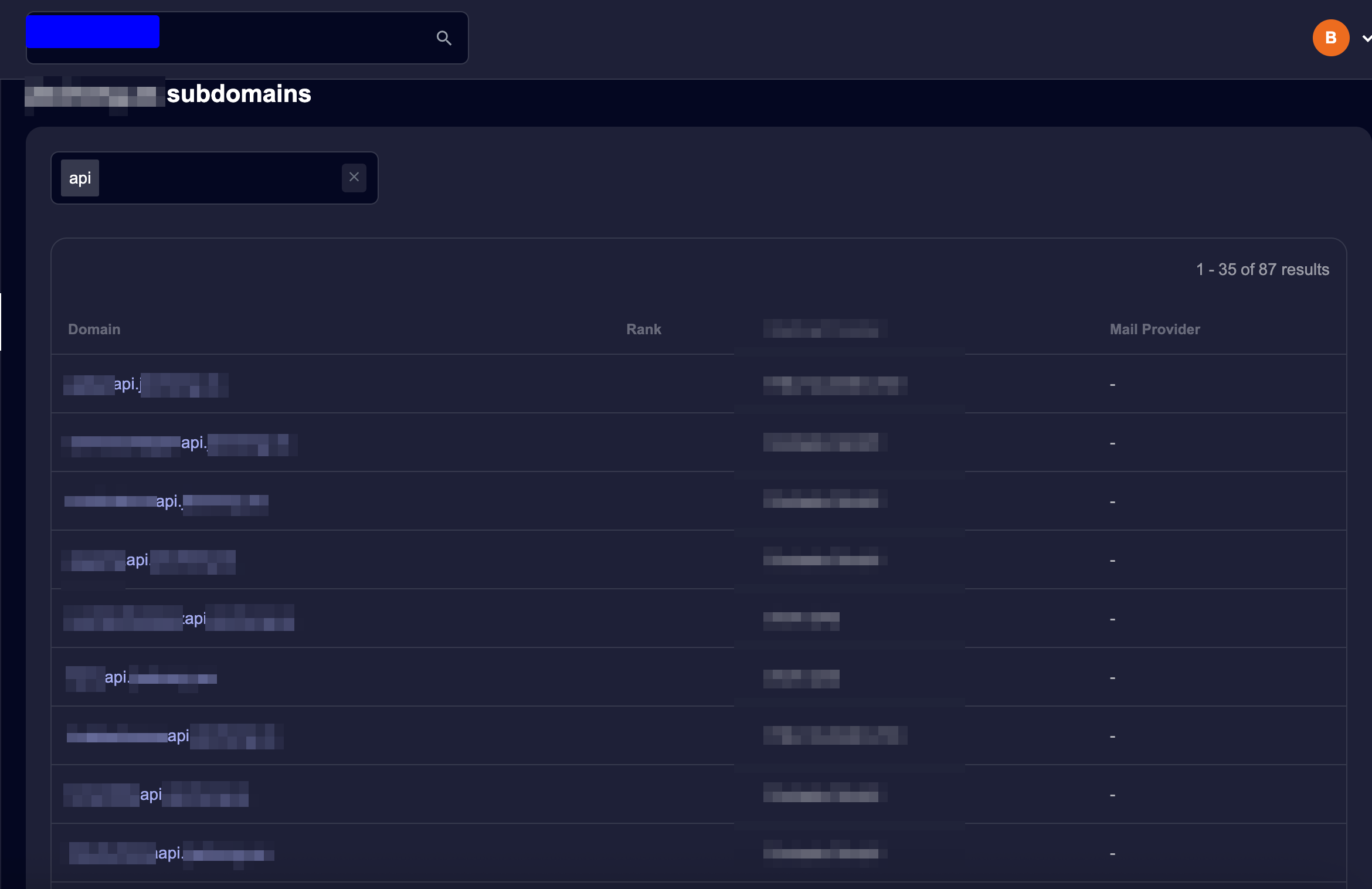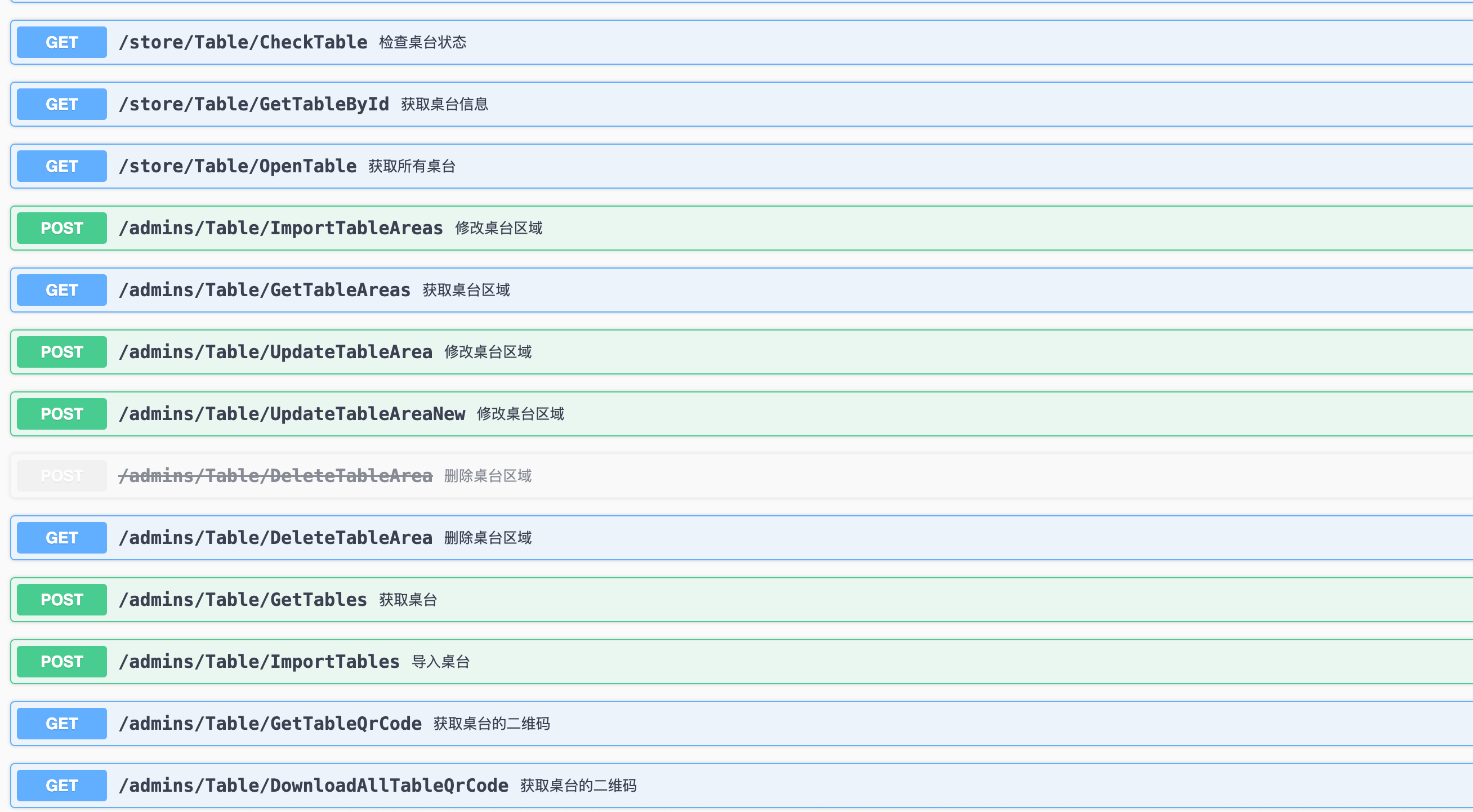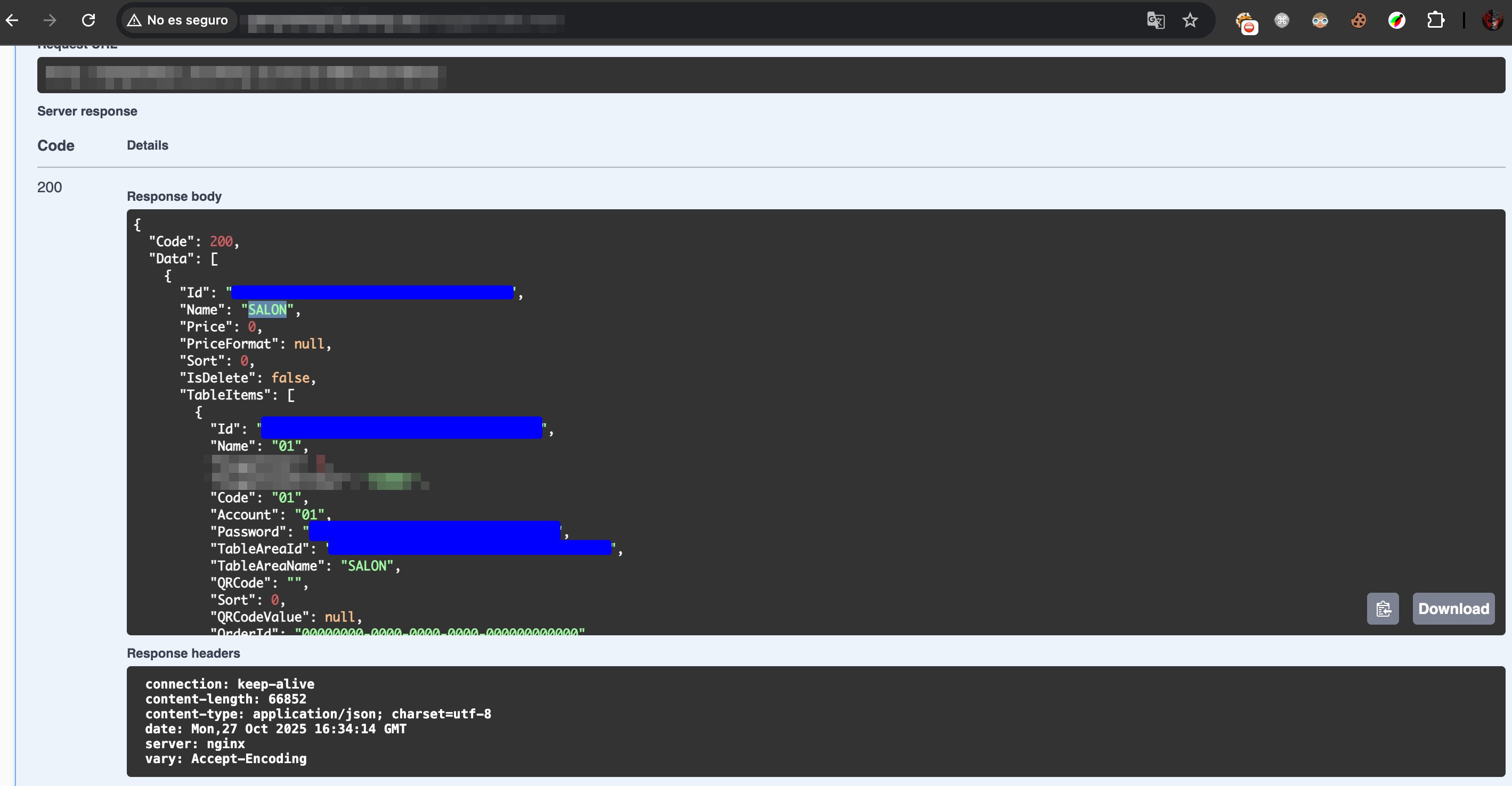Hacking 80% of Sushi Buffets - Critical Vulnerabilities in Management Systems
🔍 The Initial Discovery
I was enjoying my meal when I decided to take a look at the URL of the restaurant’s ordering system. Once home, my curiosity led me to investigate further. I started with something basic: subdomain enumeration.
To my surprise, I discovered something fascinating: all the restaurants from different chains were under the same domain. But not only that, I found multiple subdomains with the xxapi.* pattern that immediately caught my attention.

🚨 Exposed Swagger: The Gateway
When accessing these API subdomains, I found something that should never be public in production: fully exposed Swagger UI or at least in this context.
For those who don’t know, Swagger is an extremely useful API documentation tool for developers… but one that should never be publicly accessible in a production environment, especially without authentication. (obviously depends on context)

And this is where things got really interesting.
What could be done without authentication?
1. 📊 List All Tables and Their Sensitive Data
The /admins/Table/GetTables endpoint allowed obtaining complete information of all restaurant tables:
POST /admins/Table/GetTables

Exposed information:
- Unique table and area identifiers
- Room names and locations
- Table QR codes
- Total spending of each table in real-time
- Products ordered by each customer
- Payment methods used
- Account information and passwords
Imagine the implications: an attacker could know exactly how much each table is spending, what they’re eating, and plan targeted attacks.
2. 📱 Manipulate Messages on Tablets
The endpoint allowed modifying messages that appear on customer tablets. This could be used for:
- Targeted phishing to customers in the restaurant
- Creating panic or confusion
- Redirecting to malicious sites
- Displaying fake offers
3. 💸 Close Tables (Eat for Free!)
One of the most critical findings: it was possible to close tables remotely without paying. An attacker could:
- Sit at a table
- Order whatever they wanted
- Close the bill remotely using the API
- Leave without paying
This represents a direct financial risk for establishments.
4. 💰 Modify Prices and Menus
The exposed endpoints also allowed:
- Changing product prices
- Modifying menu descriptions
- Adding or removing products
- Altering the entire restaurant menu
🗺️ Scope of the Problem
The most concerning aspect of all this is the scope. During my investigation, I discovered that:
- Multiple restaurants use the same infrastructure
- All shared the same vulnerabilities
- The API was accessible from anywhere with an Internet connection
- There were no apparent intrusion detection systems
- No rate limiting existed
This means an attacker could:
- Extract data from all restaurants en masse
- Automate attacks against multiple establishments
- Cause significant financial losses
- Compromise the privacy of thousands of customers
🛡️ Responsible Disclosure
It’s important to note that this vulnerability has been responsibly reported to the software provider. As an ethical security researcher, my goal is never to cause harm, but to help improve system security.
💭 Final Thoughts
This case is a perfect example of how development convenience can seriously compromise security. Leaving Swagger exposed in production is like leaving your house blueprint on the front door with all the locks marked.
Lessons Learned:
- Security must be a priority from design: It’s not something added later.
- API documentation is for development, not production: Tools like Swagger should be disabled in production environments.
- Every endpoint must have authentication: Especially those handling sensitive operations.
- The principle of defense in depth is crucial: A single layer of security is not enough.
🚀 Conclusion
What started as simple curiosity during a sushi meal turned into the discovery of critical vulnerabilities affecting a significant portion of the industry. This finding demonstrates that:
- Modern POS (Point of Sale) systems are as vulnerable as any other web application
- API security remains a pending subject in many organizations
- Responsible disclosure is essential to improve security for everyone
And remember: next time you order sushi from a tablet, think about everything behind that simple interface. 🍣🔒
Note: All images have been edited to protect the identity of the affected establishments. Specific information that could identify the companies has been redacted.
This article is published for educational and security awareness purposes. No information is included that would facilitate the exploitation of these vulnerabilities.